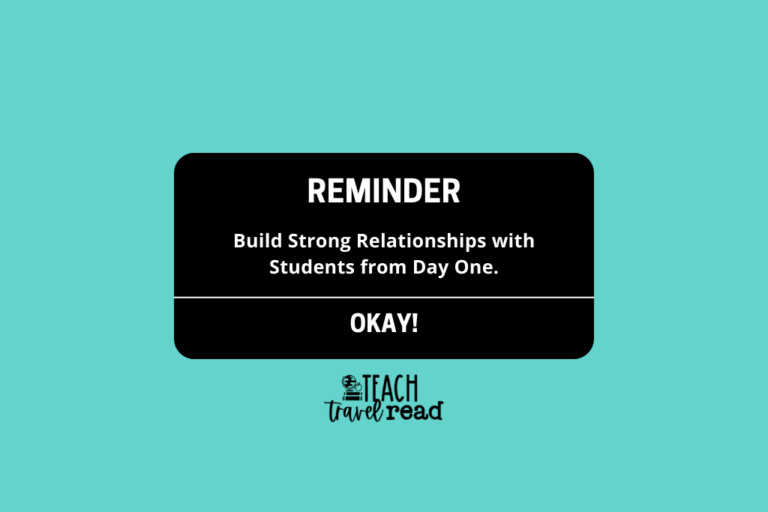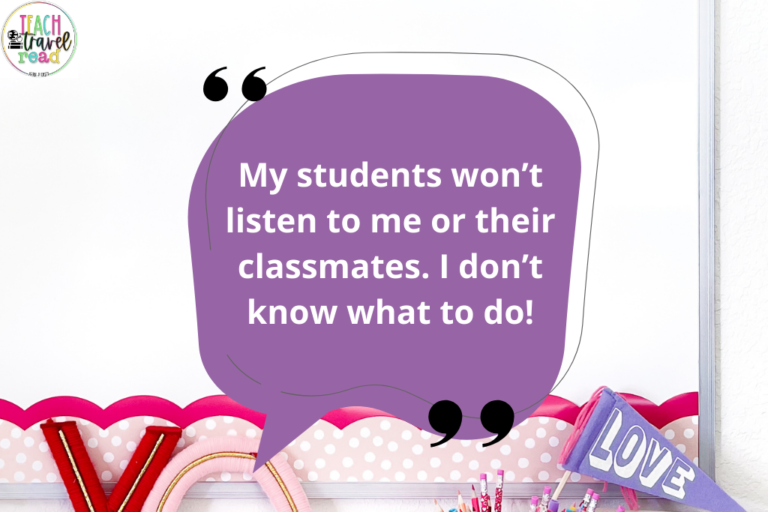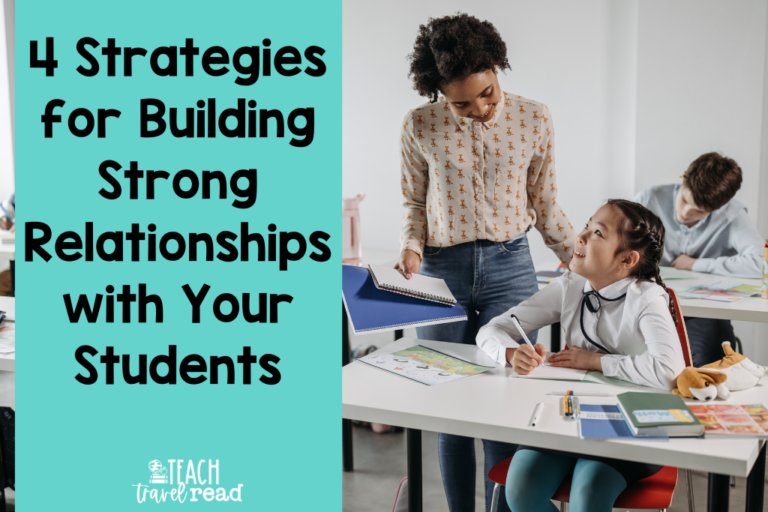In the world of elementary teaching, where the minds of young learners are evolving rapidly, there’s a crucial yet often undervalued aspect of teaching: building student relationships. Beyond the curriculum and academic assessments, these connections are the cornerstone of a vibrant and harmonious classroom atmosphere.

Why invest time and effort in building relationships with your elementary students? The answer lies in these connections’ impact on every aspect of the classroom environment. As teachers, you’ve all experienced the joy of seeing a student’s face light up when they grasp a challenging concept or the satisfaction of witnessing their growth over a school year. Yet, navigating the classroom dynamics and managing diverse student needs can be overwhelming. That’s where strong relationships come in—they serve as a powerful antidote to common pain points teachers face.

Teaching elementary students presents challenges, from managing diverse learning needs to fostering a positive classroom culture. Let’s tackle these pain points head-on by prioritizing solid relationships with your students. Investing in these connections can create a supportive learning environment where students feel valued, understood, and empowered to succeed.
Elementary classrooms can be bustling hives of activity, with students brimming with energy and enthusiasm. However, this excitement can sometimes spill over into disruptions and distractions, making it challenging to maintain a focused classroom.
Building solid relationships with your students creates a sense of trust and mutual respect, forming the foundation of effective classroom management. When students feel valued and understood, they’re more likely to engage in learning and follow classroom expectations.
In a diverse classroom setting, meeting the individual needs of each student can feel like a Herculean task. From accommodating different learning styles to supporting students with unique challenges, the demands on teachers are infinite.
Creating strong relationships with your students gives you valuable insights into their strengths, weaknesses, and learning preferences. This enables you to adjust your teaching to meet their individual needs, making a supportive learning environment where every student can thrive.
Creating a positive classroom culture where students feel safe, respected, and valued is essential for their academic and social-emotional development.
Building solid relationships with your students lays the groundwork for a positive classroom culture by fostering empathy, cooperation, and a sense of belonging. When students feel connected to their teacher and peers, they’re more likely to exhibit positive behaviors, collaborate effectively, and contribute to a harmonious classroom environment.

Now that we’ve explored the why behind building strong relationships with your elementary students and addressed some common pain points for teachers, let’s discuss practical strategies you can implement in your classroom:
Take the time to learn about each student’s interests, hobbies, and aspirations. Engage in one-on-one conversations, conduct student surveys, or incorporate icebreaker activities to foster connections.
Start by getting to know your students with interest surveys at the beginning of the year. Ask them the following:
Asking about your students’ weekend adventures, extracurricular activities, or family traditions will demonstrate a sincere interest in their lives beyond the classroom and show that you value them as individuals.
One of the best ways to do this is through morning meetings. Spend 10-15 minutes at the beginning of the day where students can share their thoughts and lives. It allows students to share their cultural identity and beliefs with their classmates.
Foster a classroom culture where kindness, respect, and encouragement are the norm. Celebrate students’ achievements, provide constructive feedback, and promote collaborative learning experiences to strengthen bonds among students and between students and teachers.
Create engaging lessons for students that involve their unique interests and learning styles. Please get to know your students at the beginning of the year to see what will keep them engaged in the learning process.
Practice empathy by putting yourself in your students’ shoes and striving to understand their perspectives and emotions. Practice active listening by giving students full attention, maintaining eye contact, and validating their feelings and experiences.

As you navigate the elementary classroom, let’s not underestimate the power of building strong relationships with your students. By addressing common pain points teachers face and implementing strategies tailored to your unique classroom settings, you can cultivate lasting connections that enrich both the teaching experience and the lives of your students.
Your Challenge… Commit to investing time and effort in getting to know your students individually, showing genuine interest in their lives, and creating opportunities for positive interactions. Embrace empathy and active listening as guiding principles in your interactions with students. Let’s develop classrooms where every student feels seen, heard, and valued—where learning thrives, and lasting connections are forged.